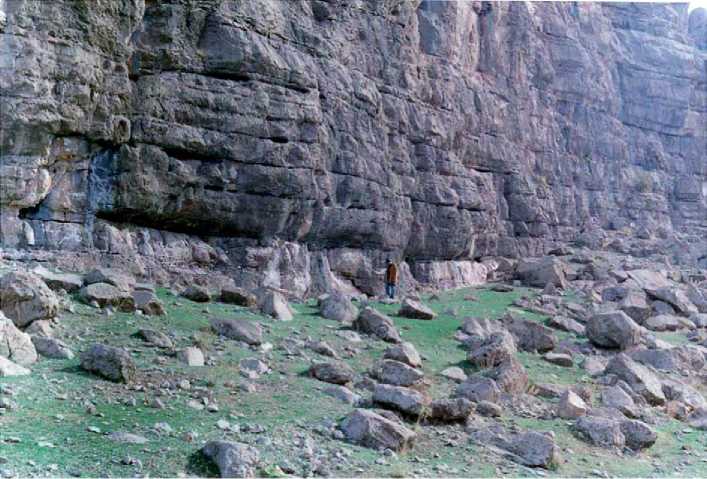The Levant and the Zagros respectively represent the western and eastern Fertile Crescent, and yield evidence for several Epipalaeolithic complexes. Areas to the north, such as Turkey, and to the south, in the Arabian Peninsula, are not yet well known. For historical reasons, the most complete information is from the Levant, and thus the following discussion is based on this region.
For c. 20 000 years, hunter-gatherers of the Epipa-laeolithic exploited a wide array of wild plant and animal foods. Their subsistence economies entailed frequent movement of campsites and their archaeological signature therefore is somewhat ephemeral. Especially favorable locales, however, often yield evidence of the construction of more substantial hut structures, isolated human burials, or longer periods of residence. It is this background of Epipalaeolithic behaviors set within the context of global climate changes associated with the LGM and later climatic amelioration that underlie the establishment of food-producing (agricultural) economies in the subsequent Neolithic.
Why this transition from hunting and gathering to food production occurred remains a major research question in archaeology. Many scholars have pointed to the sociocultural complexity that may be evident in the early part of the Natufian Complex, such as

Figure 8 Overview of the Zarzian Complex site of Baba Yawan Rockshelter, Iran. Courtesy of Fereidoun Biglari.
Investment in art and personal ornamentation (shell beads and bone pendants). Some hunter-gatherers of this period lived in small, semipermanent villages where interactions with one’s neighbors may have required increased levels of cooperation. A stronger sense of territoriality also may have developed, resulting in numerous human burials within the small villages. It is probable that the Early Natufian Complex adaptations focused heavily on plant foods such as wild cereals and acorns. Strategies for collecting these may have led to the development of behaviors conducive to long-term investments in plant foods, especially the cereals. Although this adaptation appears to have vanished during the Late Natufian Complex with the onset of cooler and drier conditions, these behavioral signatures are once again seen in subsequent Early Neolithic societies.
Seealso: Animal Domestication; Asia, West: Archaeology of the Near East: The Levant; Paleolithic Cultures; Turkey, Paleolithic Cultures; Carbon-14 Dating; Europe, Northern and Western: Mesolithic Cultures; Hunter-Gatherers, Ancient; Plant Domestication.




 World History
World History









